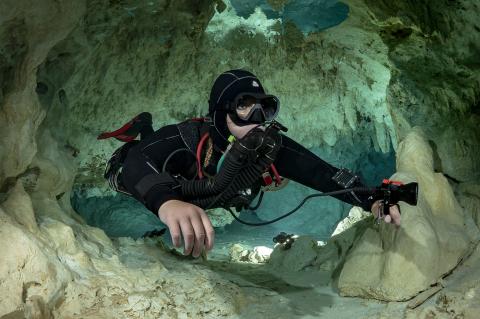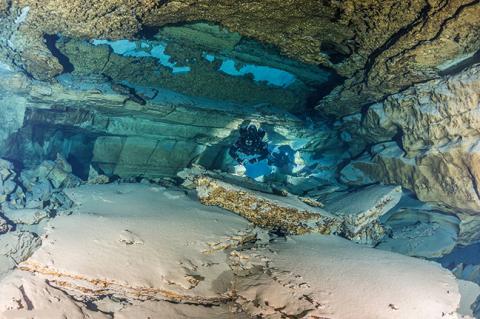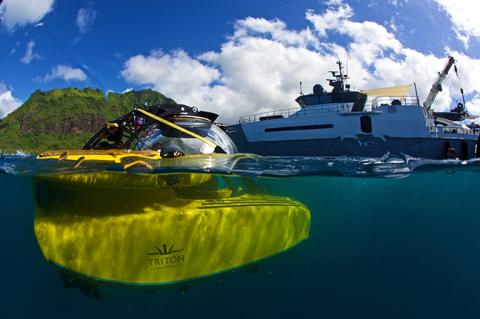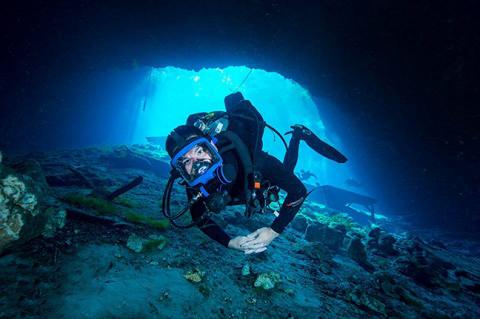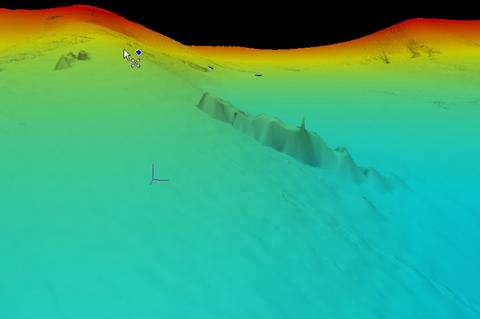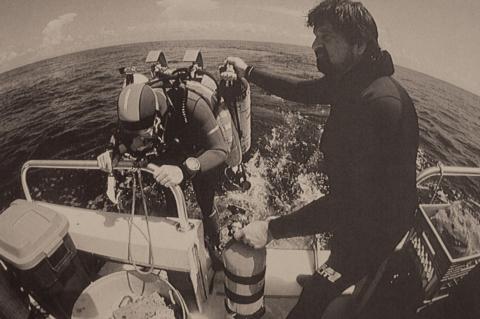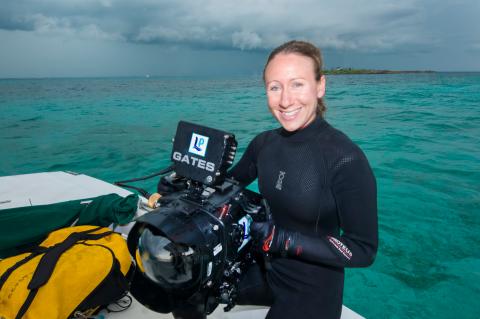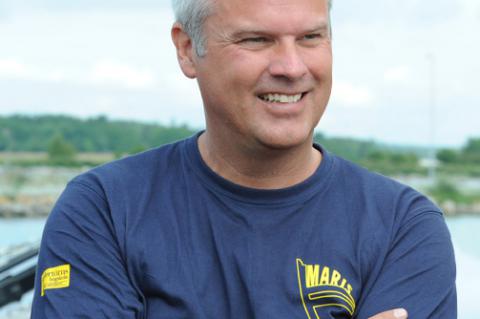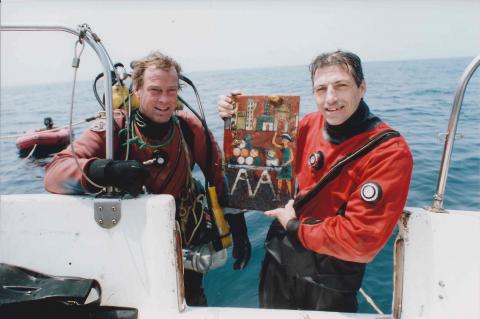For the Love of Diving: Interview with Marissa Eckert
Thirty-four-year-old Marissa Eckert is a passionate full-time cave and technical diving instructor who co-owns Hidden Worlds Diving in Fort White, Florida, USA, with her partner, James Draker. When she is not teaching, Eckert enjoys traveling all over the world, exploring new places, hiking through the jungle and doing challenging new dives that help her grow and learn as a diver.
"Well, I would definitely say that diving is my life. I feel excited and happy to get up every day and go to work. I love what I do. I actually do not really feel that it is work . . . I feel fortunate that I get to do something that I love so much."
— Marissa Eckert

